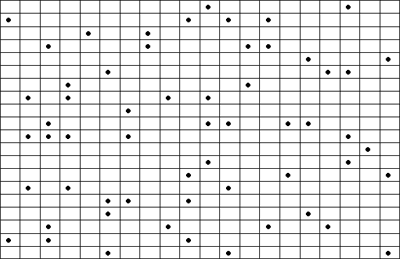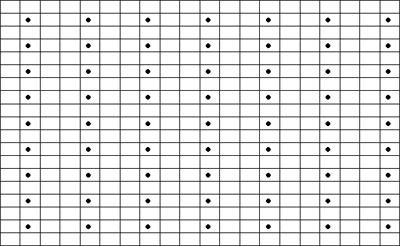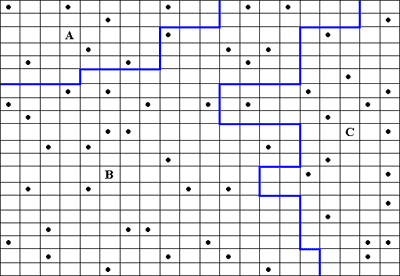Simple Random Sample
One method of sampling is a simple random sample. Using this design
we select n units from the population in such a way that each sample
has the same chance of being selected. In other words, every
experimental unit has the same probability of being selected to be
surveyed.
Example
If we wanted to collect information about public
opinion of the Forest Service in a particular town we could simply
get a list of all the residents of that town, and randomly choose
names from the list to take our survey.
Stratified Random Sample
 Another approach, which is similar to simple random sampling is
stratified random sampling. Using this approach we divide the
population into two or more groups based on some factor, such as age
or income. Once the population is stratified we then use the
principals of a simple random sampling design in each
stratification.
Another approach, which is similar to simple random sampling is
stratified random sampling. Using this approach we divide the
population into two or more groups based on some factor, such as age
or income. Once the population is stratified we then use the
principals of a simple random sampling design in each
stratification.
In the example above, we may be concerned about the opinion of men
and women about the forest service in this town. So we would
randomly choose names from a list of all the men and all the women
who live in the town to take our survey.
Systematic Sampling
 Systematic sampling is another technique often used when
conducting a survey. Under this design we may sample every tenth
person from the population. Often time’s systematic sampling will be
called random systematic sampling. This implies that a random
starting point was used and then every tenth person was sampled. Systematic sampling is another technique often used when
conducting a survey. Under this design we may sample every tenth
person from the population. Often time’s systematic sampling will be
called random systematic sampling. This implies that a random
starting point was used and then every tenth person was sampled.
Example
If we had a list of every resident in a town near our
forest, we could randomly pick a name at the beginning of the list
and then survey every tenth person from then on. |
 It should be noted that when conducting an experiment as many
factors should be held constant as possible.
It should be noted that when conducting an experiment as many
factors should be held constant as possible. 
 Another approach, which is similar to simple random sampling is
stratified random sampling. Using this approach we divide the
population into two or more groups based on some factor, such as age
or income. Once the population is stratified we then use the
principals of a simple random sampling design in each
stratification.
Another approach, which is similar to simple random sampling is
stratified random sampling. Using this approach we divide the
population into two or more groups based on some factor, such as age
or income. Once the population is stratified we then use the
principals of a simple random sampling design in each
stratification.  Systematic sampling is another technique often used when
conducting a survey. Under this design we may sample every tenth
person from the population. Often time’s systematic sampling will be
called random systematic sampling. This implies that a random
starting point was used and then every tenth person was sampled.
Systematic sampling is another technique often used when
conducting a survey. Under this design we may sample every tenth
person from the population. Often time’s systematic sampling will be
called random systematic sampling. This implies that a random
starting point was used and then every tenth person was sampled.


